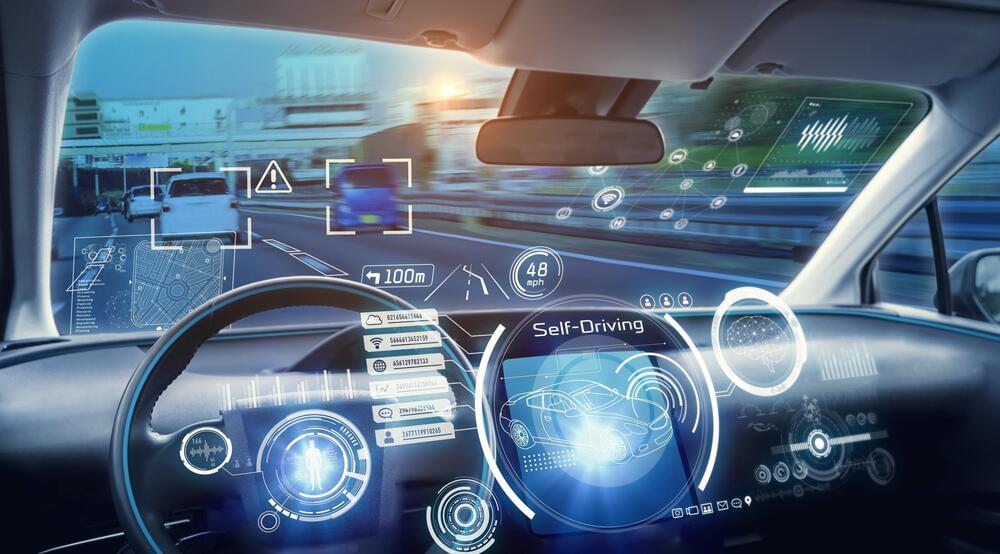AI has mastered some of the most complex games known to man, but models are generally tailored to solve specific kinds of challenges. A new DeepMind algorithm that can tackle a much wider variety of games could be a step towards more general AI, its creators say.
Using games as a benchmark for AI has a long pedigree. When IBM’s Deep Blue algorithm beat chess world champion Garry Kasparov in 1997, it was hailed as a milestone for the field. Similarly, when DeepMind’s AlphaGo defeated one of the world’s top Go players, Lee Sedol, in 2016, it led to a flurry of excitement about AI’s potential.
DeepMind built on this success with AlphaZero, a model that mastered a wide variety of games, including chess and shogi. But as impressive as this was, AlphaZero only worked with perfect information games where every detail of the game, other than the opponent’s intentions, is visible to both players. This includes games like Go and chess where both players can always see all the pieces on the board.








